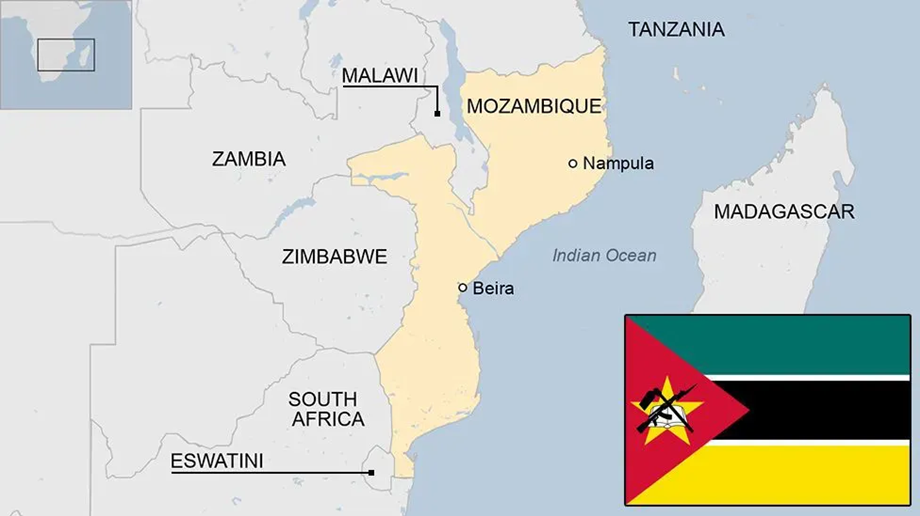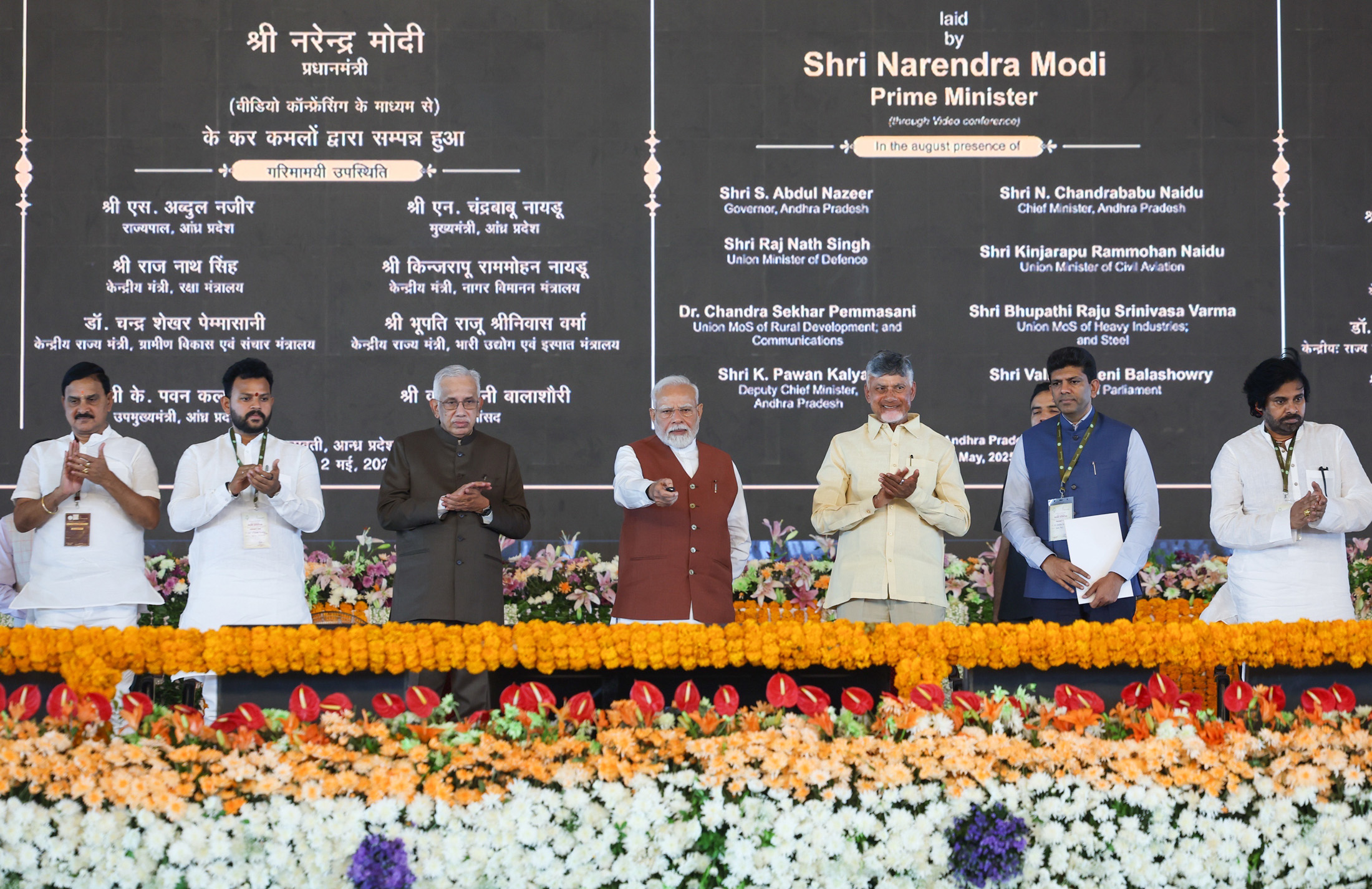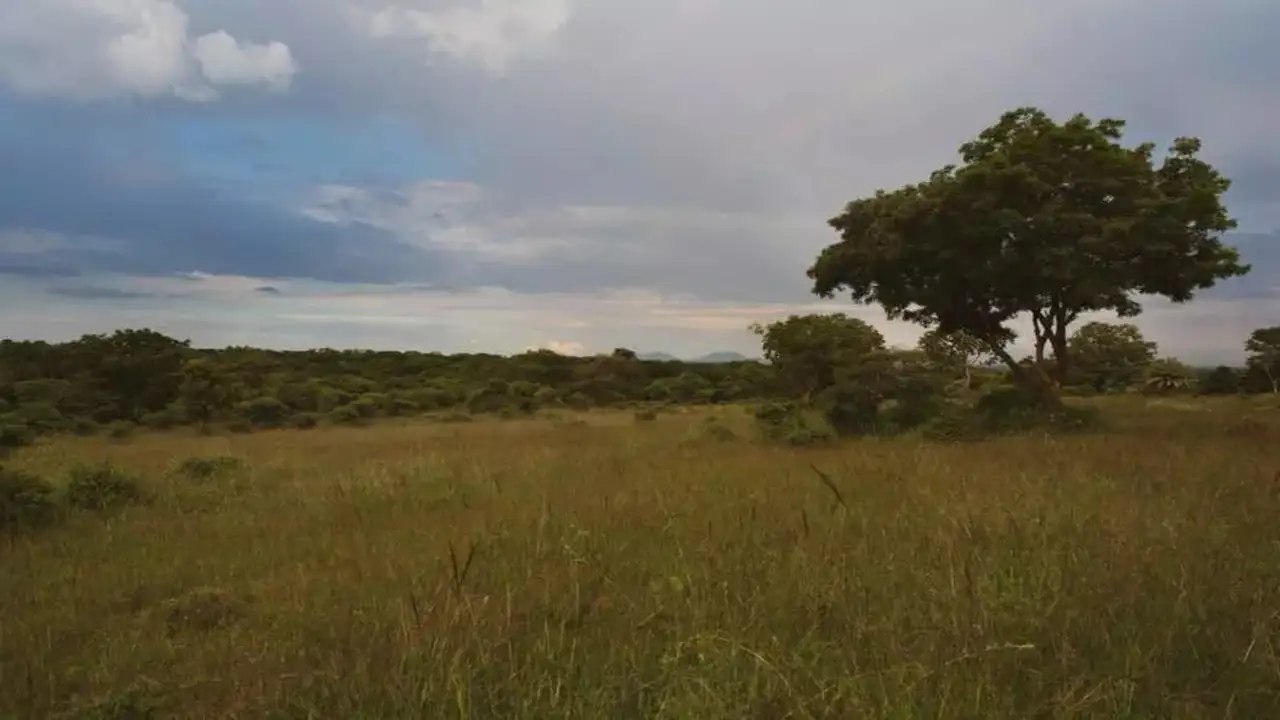- Courses
- GS Full Course 1 Year
- GS Full Course 2 Year
- GS Full Course 3 Year
- GS Full Course Till Selection
- Online Program
- GS Recorded Course
- NCERT (Recorded 500+ Hours)
- Polity Recorded Course
- Geography Recorded Course
- Economy Recorded Course
- AMAC Recorded Course
- Modern India, Post Independence & World History
- Environment Recoded Course
- Governance Recoded Course
- Science & Tech. Recoded Course
- International Relations and Internal Security Recorded Course
- Disaster Management Module Course
- Ethics Recoded Course
- Essay Recoded Course
- Current Affairs Recoded Course
- CSAT
- 5 LAYERED ARJUNA Mentorship
- Public Administration Optional
- ABOUT US
- OUR TOPPERS
- TEST SERIES
- FREE STUDY MATERIAL
- VIDEOS
- CONTACT US
Import of Tur Dal from Mozambique Resumes
Import of Tur Dal from Mozambique Resumes

The shipments of tur dal (pigeon peas) from Mozambique faced significant disruptions at Nacala Port due to interference by an anti-India group, which caused substantial delays and even led to traders being asked for ransom to release their shipments.
- This situation resulted in a decrease in the supply of tur dal in India, contributing to food inflation and negatively impacting the domestic market.
- To address this issue, the Indian government swiftly stepped in. The Ministry of Consumer Affairs raised the matter with the Ministry of External Affairs, and the Indian High Commissioner in Mozambique engaged in negotiations with local authorities.
- Through these diplomatic efforts, the Indian government successfully persuaded the local authorities to intervene and facilitate the release of the stuck shipments.
- As a result, the shipments of tur dal from Nacala Port have resumed, with 1,400 containers (approximately 35,000 tons) already dispatched to India, and the remaining 400 containers, along with some from Malawi, expected to leave by mid-August.
- This resumption of shipments is anticipated to help stabilize the domestic supply of tur dal and control food inflation.
Current Status of Shipments
- Already Shipped: 1,400 containers (about 35,000 tons) of tur dal have left for India.
- Expected to Ship: 400 more containers from Mozambique and some from Malawi are expected to leave by mid-August.
Why Importing Tur Dal is Important for India
- India is the world's largest producer of pulses but still needs imports to meet domestic demand.
- Mozambique is a major supplier of tur dal to India.
Import Statistics
- 2023-24: India imported 7.71 lakh tons of tur dal, with 2.64 lakh tons coming from Mozambique.
- 2022-23: India imported 8.94 lakh tons of tur dal, with 4.6 lakh tons coming from Mozambique.
- Malawi's Contribution: Malawi shipped 52,773 tons in the last financial year, a 12% decrease from the previous year.
Reasons for Disruption
- Obstacles: Various hurdles in Mozambique disrupted the smooth flow of trade.
- Anti-India Group: An anti-India group was obstructing the shipment of pulses from Nacala port.
Present Situation
- Traders are still paying money to release containers.
- The tur dal in the containers might be from the previous crop as the new crop is just being harvested.
Agreements with Other Countries
- Mozambique: India has an agreement with Mozambique to supply 2 lakh tons of tur dal until 2025-26.
- Malawi: India has a similar agreement with Malawi for an annual supply of 0.50 lakh tons of tur dal.
Overall Import Trends
- 2023-24: India's pulses imports reached a record high of 47.38 lakh tons, almost double the amount imported in 2022-23.
Status of Pulse Production in India
- India is the largest producer (25% of global production), consumer (27% of world consumption), and importer (14%) of pulses in the world.
- Pulses account for 20% of the area under food grains and contribute 7-10% of total food grain production.
- Gram is the most dominant pulse, accounting for around 40% of total production.
- Tur/Arhar accounts for 15-20% of total production, while Urad/Black Matpe and Moong account for around 8-10% each.
- Pulses are grown in both Kharif and Rabi seasons.
- Rabi pulses contribute more than 60% of total production.
- Top 5 pulses-producing states: Madhya Pradesh, Maharashtra, Rajasthan, Uttar Pradesh, and Karnataka.
Key Facts About Tur dal (Pigeon Pea)
- Vital legume crop and protein source in India.
- Thrives in tropical and semi-arid regions.
- Climatic requirements:
- Rainfall: 600-650 mm annually.
- Temperature: 26°C to 30°C in rainy season, 17°C to 22°C post-rainy season.
- Soil: Prefers sandy loam or loam.
- Sensitive to low radiation during pod development.
- Key diseases: Wilt, Sterility Mosaic Disease, Phytophthora Blight, Alternaria Blight, and Powdery Mildew.
- Top producer states (2019): Karnataka, Maharashtra, Uttar Pradesh.
Government Initiatives to Boost Pulses Production
- Policy support: Procuring pulses by providing Minimum Support Prices (MSP) to farmers through NAFED and SFAC.
- National Food Security Mission (NFSM)-Pulses.
- ICAR's role in research and variety development.
- Pradhan Mantri Annadata Aay SanraksHan Abhiyan (PM-AASHA) Scheme.
About Mozambique:Location:
Geography
Major Lakes
Highest Peak
Capital and Largest City
Natural Resources
Unique Facts about Lake Malawi
|
Conclusion
India's status as the largest producer, consumer, and importer of pulses underscores the importance of these crops in the country's agricultural and dietary landscape. Tur dal, in particular, is a vital legume crop with specific climatic and soil requirements. The government's initiatives, including policy support, research, and schemes like PM-AASHA, are aimed at boosting pulse production and ensuring fair prices for farmers. These efforts are crucial for maintaining food security and supporting the agricultural sector in India.
Must Check: Best IAS Coaching In Delhi
UPSC Prelims Result 2024 Out: Expected Cut Off & Other Details, UPSC Prelims 2024 Answer with Explanation, Daily Prelims Quiz, Daily Current Affairs, MONTHLY CURRENT AFFAIRS TOTAL (CAT) MAGAZINE, Best IAS Coaching Institute in Karol Bagh, Best IAS Coaching Institute in Delhi, Daily Mains Question Answer Practice, ENSURE IAS UPSC Toppers, UPSC Toppers Marksheet, Previous Year Interview Questions, UPSC Syllabus




